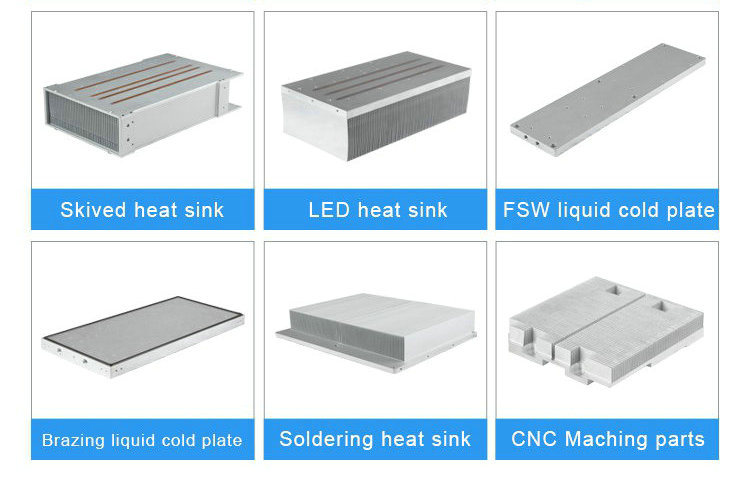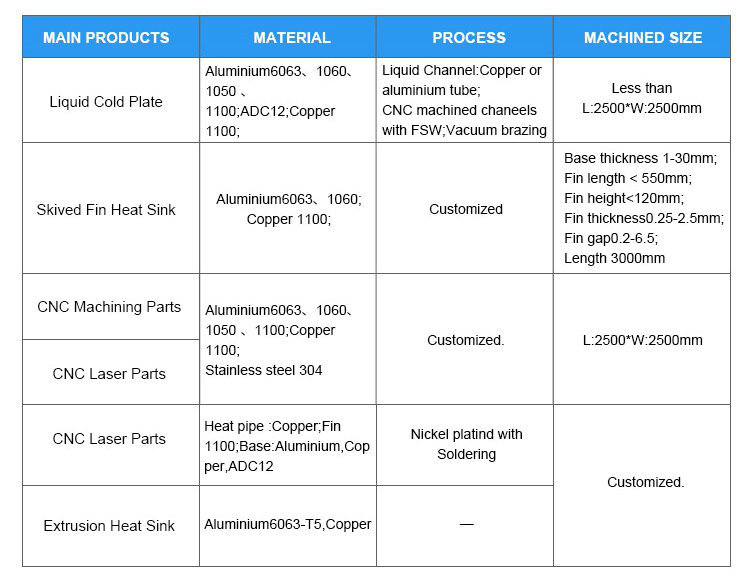Hot Sales OEM Precision CNC Machining Copper Part Liquid Cold Plate Heat Sink1
4 year ago




Similar Video Recommendation
If you are interested in the product, contact Bossgoovideo.com for more information
- *To:
- Suzhou Wint Electric Co., Ltd
- *Message:
-
Submit
Main Product:
Liquid Cold Plate,
Friction Stir Welding Heatsink,
Tubed Liquid cold plate ,
CPU Server,
Bonded Fin Heat Sink,
Heat Pipe Heat Sink








